Jesenovik is a small village in Istria, Croatia, in the municipality of Kršan. The village is inhabited mostly by Istro-Romanians.

Cerovlje is a village and a municipality in Istria, Croatia.

Lupoglav is a village and municipality in Istria, Croatia.
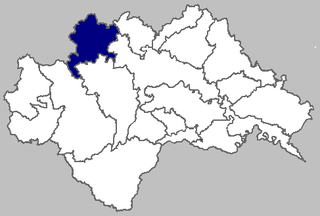
Lekenik is a village and a municipality in central Croatia, located between Sisak and Velika Gorica in the lowland region of Turopolje.
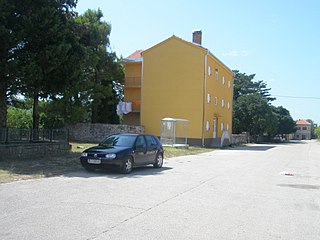
Ervenik is a village and municipality in Šibenik-Knin County, Croatia. There were 1,105 inhabitants in 2011, and 97.19% of the population are Serbs, making Ervenik the municipality with the highest percentage of Serbs in Croatia.

Matulji is a municipality in Primorje-Gorski Kotar County, Croatia. It is located 10 kilometers (6 mi) west of the city of Rijeka, north of the town of Opatija, and it borders Slovenia. Matulji is first mentioned in written historical sources in the middle of the 17th century, and it is preceded by the surname Matulja, which was originally recorded as Matuglia. As early as the beginning of the 19th century, official documents recorded the name of the settlement in its current form – Matulji.
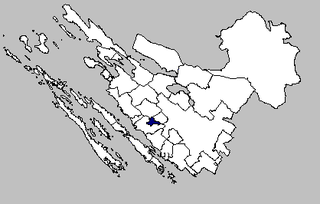
Galovac is a village and a municipality in Croatia in the Zadar County. In the 2011 census, there were 1,234 inhabitants, all in the single settlement of Galovac, 99% of whom were Croats. Galovac originated from the ancient village of Tršce and the medieval village of Račice, and was first mentioned in historical documents on February 19, 1361 under the name of Galise, later Galouauas and other versions.

Viškovo is a village and a municipality in the Primorje-Gorski Kotar County in western Croatia.
Vladislavci is a village and a municipality in Osijek-Baranja County, Croatia.
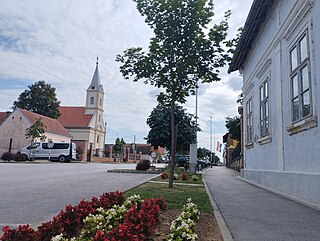
Andrijaševci is a village and a municipality in Vukovar-Syrmia County in eastern Croatia. Despite its name, the seat of the municipality is in the village of Rokovci.
Kostrčani is a village in Istria County, Croatia. Administratively it belongs to municipality of Kršan. The village is inhabited mostly by Istro-Romanians.

Šušnjevica is a small village in Istria County, Croatia, in the municipality of Kršan. The village is inhabited mostly by Istro-Romanians.
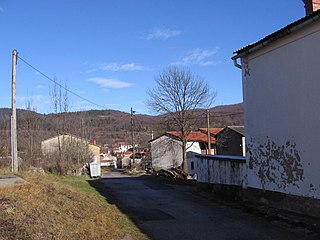
Žejane is a village in the eastern part of mountainous Ćićarija area in Istria, in western Croatia. Administratively it belongs to the municipality of Matulji in Primorje-Gorski Kotar County. In 2011, the population of Žejane was 130.
Belaj is a small village and Baroque Castle in Istria County, Croatia, in the municipality of Cerovlje. Castle Belaj is a registered Historical Heritage. Castle Belaj historically has numerous hectares of vineyard. In 2017 Belaj Castle opens to the public. In 2011, the population of the village is 16. In the vicinity of the village is another castle Posert.

Paz is a village and ruined castle in Istria County, Croatia, in the municipality of Cerovlje. In 2011, the population of the village is 72.
Nova Vas is a village in Istria County, Croatia. Administratively it belongs to the municipality of Kršan. The village is inhabited mostly by Istro-Romanians.
Letaj is a village in Istria County, Croatia. Administratively, it belongs to the municipality of Kršan. The village is inhabited mostly by Istro-Romanians.
Zankovci is a village in the Istria County, Croatia. Administratively it belongs to the municipality of Kršan. The village is inhabited mostly by Istro-Romanians.
Grobnik is a village in the Istria County, Croatia. Administratively it belongs to the municipality of Pićan. Originally an Istro-Romanian village, the last speaker of the language in the village, Liberat Pahor, died in 1998.
Bajčići is a village in the island of Krk, in the Primorje-Gorski Kotar County, Croatia. Mate Bajčić Gašpović, who was from here, was the last speaker of the Istro-Romanian language in Krk. He died in 1875.












